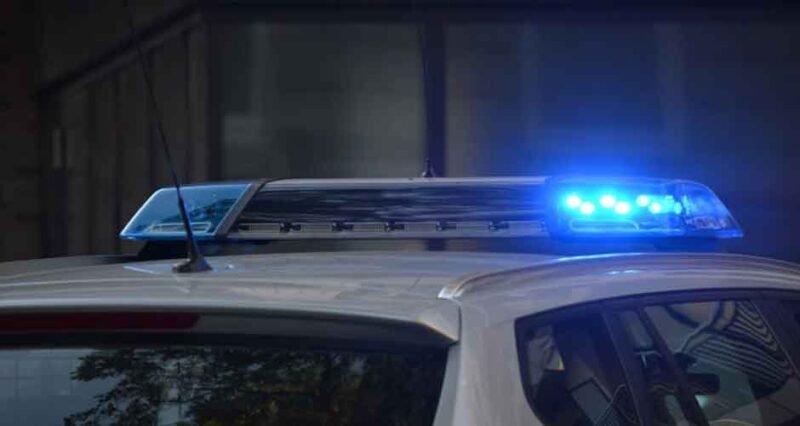
Being involved in a car accident is, without a doubt, one of the most pivotal – and often traumatic – incidents any of us can experience on the road. Yet, amidst what seems like a million thoughts running through our heads, the determination of fault might be the single most crucial thread to unravel in the post-accident narrative. It not only potentially dictates who must bear the financial responsibility but also influences insurance premiums, legality, and even personal safety.
Local Traffic Laws and Attorney Expertise
Traffic laws, such as right-of-way rules and speed limits, provide a baseline for safe driving behavior. Violation of these laws can be a strong indicator of negligence or fault in a car accident. Yet, the intricacies of these laws can be vast – think about the myriad exceptions, specific conditions under which certain laws are applicable, and evolving case laws that interpret them. For the uninitiated, navigating these waters without proper guidance is akin to braving a legal minefield. Navigating the aftermath of a car accident without legal representation is like sailing without a compass. Attorneys who specialize in personal injury and car accident cases, whether those are car accident lawyers in Pittsburgh, Pennsylvania, or the ones in your area, spend years studying the law and accumulating practical experience that’s invaluable when assessing fault. From understanding the specific laws that pertain to an accident to negotiating the labyrinth of insurance claims and legal proceedings, their expertise can be the pivotal factor in a fair resolution.
Police Reports
Accident reports are written records that detail the circumstances, parties involved, and any witness statements from the scene of the collision. Because these reports are compiled shortly after the accident – often when emotions are still running high and memories fresh – they are considered highly reliable documentation of what transpired. For individuals involved in an accident, obtaining a copy of the police report is an essential step in the post-accident process. This report will often contain a preliminary determination of fault, based on the observations and conclusions drawn by the responding officer. Understanding this report – and any potential discrepancies – is crucial in preparing a solid case.
Witness Statements
In many cases, third-party accounts play a pivotal role in determining fault. Witness statements offer an objective vantage point, untainted by the personal interests that drivers involved in the accident might have. Witnesses play a critical role in ascertaining what occurred when there is a dispute over the facts. Their statements can corroborate or refute the accounts of the drivers involved, providing a level of credibility that can be compelling in establishing the fault. Acting quickly to collect the contact information of witnesses can be the difference between proving your case and being left to the mercy of mere circumstantial evidence. It’s important to document their accounts in detail and ensure that they are available to provide statements to legal representatives or insurers.
Physical Evidence from the Scene
Often overlooked but undeniably vital, physical evidence from the accident scene provides an impartial perspective that is hard to dispute. Skid marks, vehicle damage, and the final resting positions of the cars involved are all forms of physical evidence that can help recreate the accident. This reconstruction is crucial in establishing a timeline of events and who was doing what leading up to the collision. The nature of physical evidence demands that it be documented and preserved as soon as possible. Accident scenes are dynamic and easily contaminated, which can compromise their evidentiary value. Once preserved, this evidence is then analyzed and interpreted by accident reconstruction experts, whose findings can be pivotal in determining fault.
Photos and Video Footage
In an age where every bystander is a potential documentarian, the role of photographs and videos cannot be overstated. High-quality images capture the accident’s immediate aftermath, from debris scattered on the street to the condition of the cars involved. Coupled with video footage, they provide a comprehensive snapshot of what transpired. Photographs and videos are more than casual snapshots; they are forensic pieces of evidence that are scrutinized for details that could shape the determination of fault. Anomalies, such as obscured traffic signals or road signs, can come to light through this analysis, potentially shifting perceptions of negligence.

Admission of Fault
In the confusion and stress following an accident, an admission of fault can be compelling evidence and a pivotal moment in the quest to ascribe blame. An on-scene admission of fault can simplify the determination process, making it easier to settle claims quickly. Such admissions – whether verbal or written – are potent pieces of evidence that weigh heavily in legal proceedings and insurance negotiations. The temptation to apologize or accept blame after a car accident can be strong, but it’s crucial to understand the legal ramifications of doing so. In many cases, admitting fault can have significant financial and legal implications, especially when there may be shared responsibility for the accident.
Expert Testimony
When fuzzy lines persist, experts provide the razor-sharp clarity needed to establish fault definitively. Accident reconstruction specialists, medical professionals, and engineering experts offer specialized knowledge that can provide insight and clarity where there’s a dispute. Their testimony can often sway a resolution, especially in complex cases. Experts aren’t just pedestrians with an opinion; they are individuals with verifiable credentials and experience in their field. The court appraises their testimonies based on their expertise, the soundness of their methodologies, and the credibility of their conclusions.
The determination of fault in a car accident is not a one-dimensional construct but a multi-faceted process that draws on various forms of evidence and expertise. Understanding this process – and knowing where to turn for help – is critical for anyone involved in a car accident. From navigating the legal implications of a traffic violation to preserving physical evidence, every step you take in the aftermath of a car accident has the potential to shape the outcome. For drivers, car accident victims, and legal professionals alike, the knowledge you’ve gained from this extensive study into car accident faults can serve as a guiding light in the foggy aftermath of a collision. It underscores the importance of being prepared, knowing your rights, and seeking the right kind of help in the face of an event that can shake the very foundations of your sense of security on the road. After all, the path to a fair resolution begins with understanding the intricate dance that determines who bears the weight of fault – and who holds the key to your future on the road.


